Phoenix Health Sciences Education Building (HSEB)
CO Architects with Ayers Saint Gross (ASG) have designed the Phoenix Biomedical Campus’ Health Sciences Education Building (HSEB) located in Phoenix, Arizona.
The program and building design were developed by CO Architects to support an independent and collaborative health sciences education and research campus on a 28-acre urban setting in downtown Phoenix. The design for the Health Sciences Education Building (HSEB) draws inspiration from Arizona’s mountains and canyons and responds to the desert climate, characterized by intense sunlight and extreme temperatures. The siting of the building originates from the master plan by Ayers Saint Gross that establishes a north-south central campus green connecting the historic buildings to the south with future research facilities to the north.
The Arizona desert climate and need for reduced energy consumption informs much of the design for HSEB, from the siting to the fenestration. The facility is organized into east-west wings connected to a north-south axis establishing the eastern boundary of the campus. The building’s form and its orientation result from efforts to minimize the intense effects of the Arizona sun.
South-facing façades combine overhangs with perforated screens that function as sunshades; extensive studies of the window locations and the program requirements for the internal spaces informed the fenestration pattern as well as the shading devices. Vertical fins control sun penetration on the north. The wings are inflected to self-shade the walls and to create east-west “canyons.” Space between the two wings is tall and intentionally narrow. Windowless east and west façades are incised to create north and south fenestration. In the canyon, there are more glazed openings at the lower level with fewer windows near the top. Natural light is harnessed to flood the lower portions of the canyon with light. The canyon is clad in light-colored, burnished concrete block to provide cool thermal mass and reflectivity. At the top of the canyon is a PTFE (Polytetrafluoroethylene)scrim roof that helps regulates sunlight penetration. Exhaust air from the buildings heating, and cooling systems flow into the canyon because the exhaust air temperature is lower than the ambient outside air and therefore helps to cool the outdoor space. The project is targeting LEED®-NC Gold certification.
The canyon metaphor also applies to the materiality of the building. To connect the built environment to the surrounding landscape and bring nature into the heart of downtown Phoenix, the color and patina of the building skin draw from the peaks and mountains prevalent in Arizona. The striations of the surrounding mountains are abstracted by folding the building’s copper skin creating a visual connection to the surroundings.
HSEB provides a range of established-to-vanguard skills-based and simulation settings that sustain the gamut of health sciences inter-professional training programs. This complex provides learning environments to train 1,200 medical professionals. It will also serve as a learning and teaching resource for the research community.
Architects: CO Architects with Ayers Saint Gross (ASG)
CO Architects Design Team: Paul Zajfen, Scott Kelsey, Jonathan Kanda, Andy Labov, Jenna Knudsen, Arnold Swanborn, Tony Moretti, Jatin Kayastha, Luciana Tagliaferri, Lilit Ustayan, Shiyi Zhang, Joqua Jordan, Jesse Carrillo, Kevin Kavanaugh, Marie Malone
ASG Design Team: Jack Black, Sean R. Rosebrugh, Eric Zobrist, Michelle Kollmann, Kristina Abrams, Justin Dahl-James, Eliseo Ramirez, William Whitfield
Photographer: Bill Timmerman

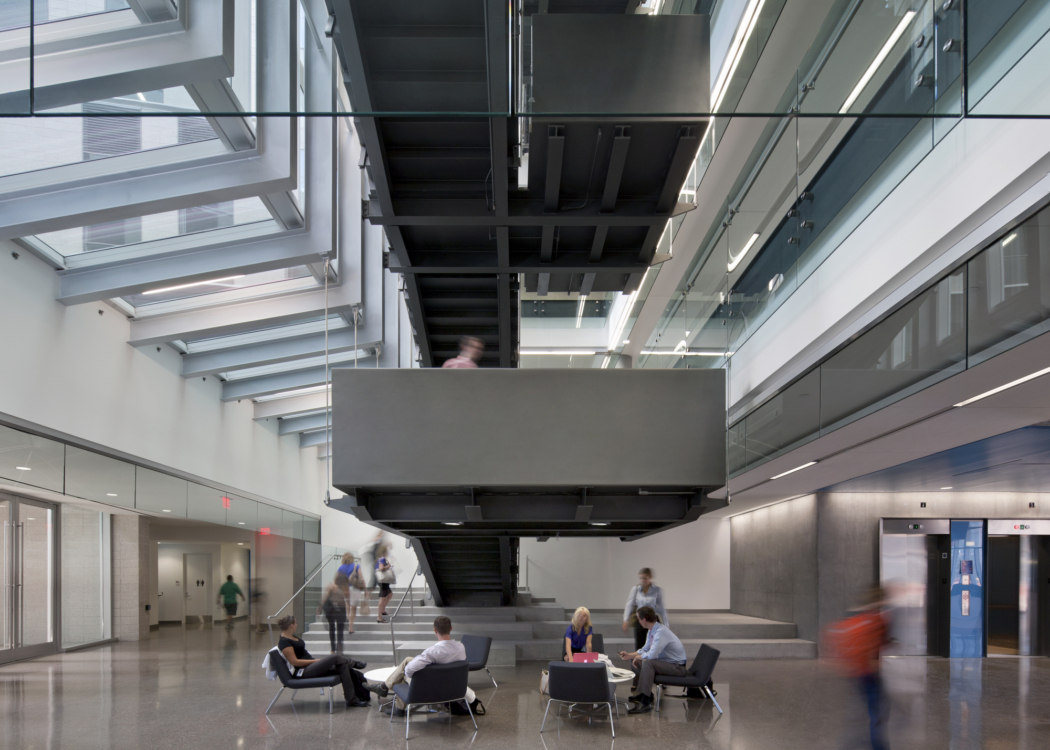
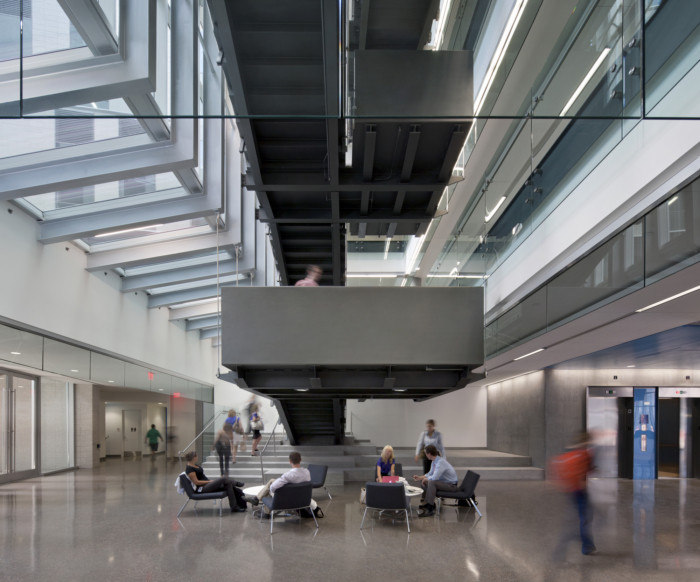
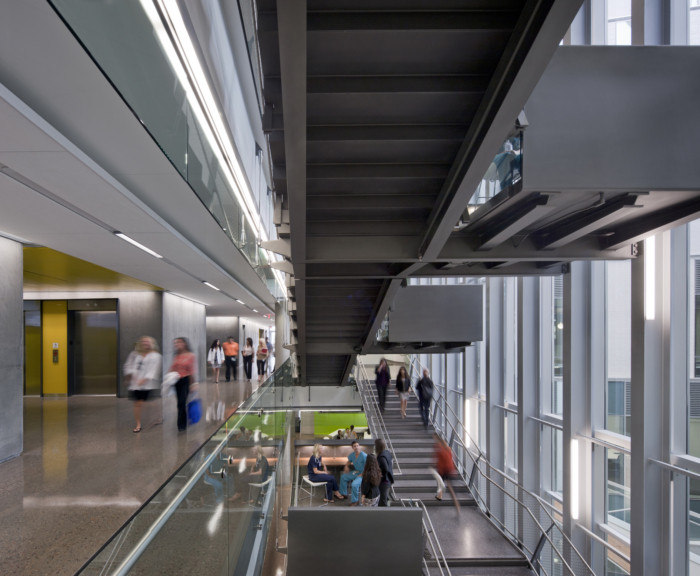
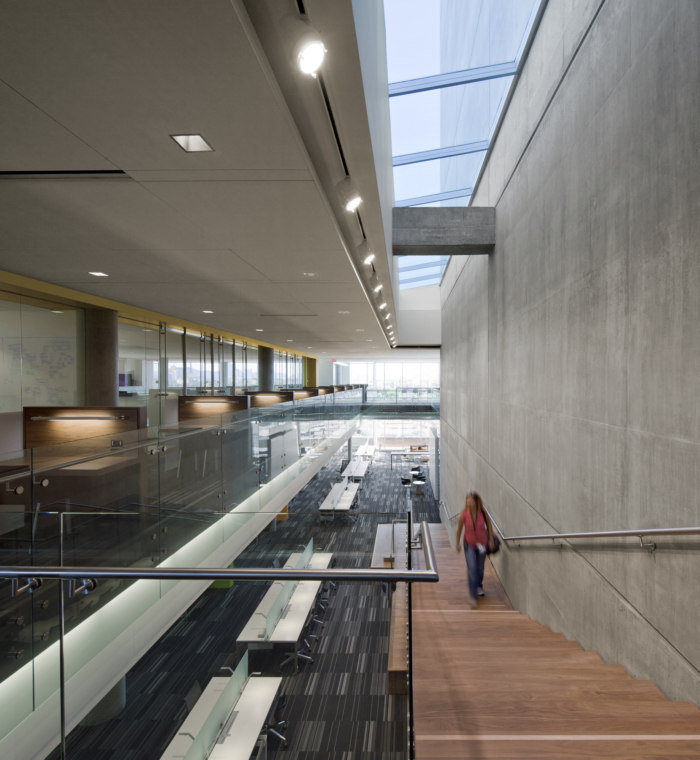
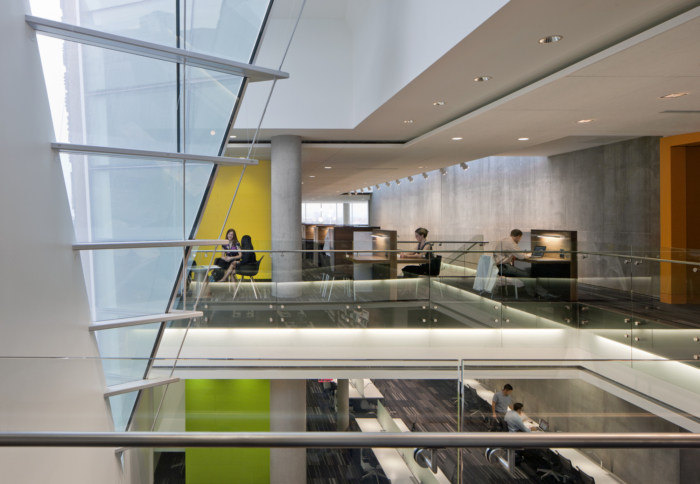
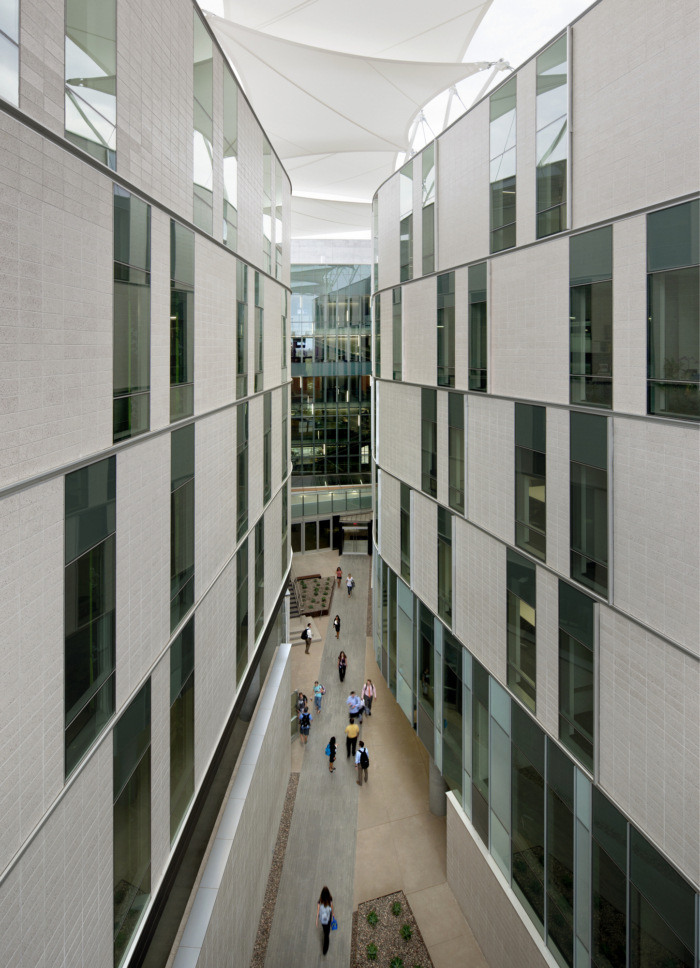
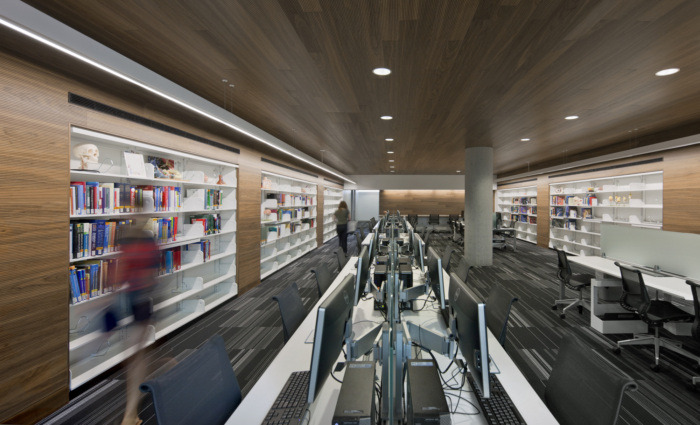

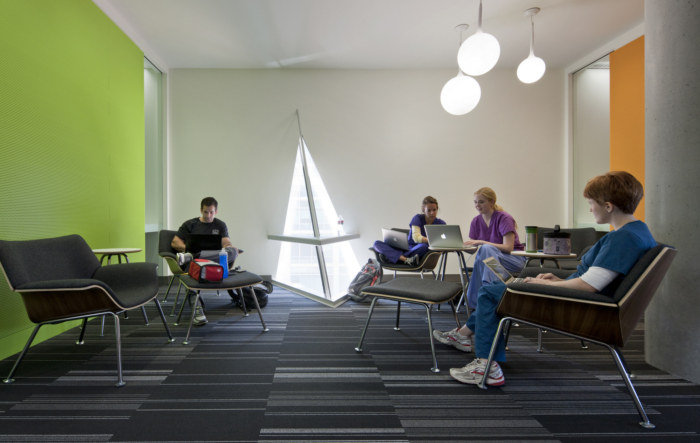


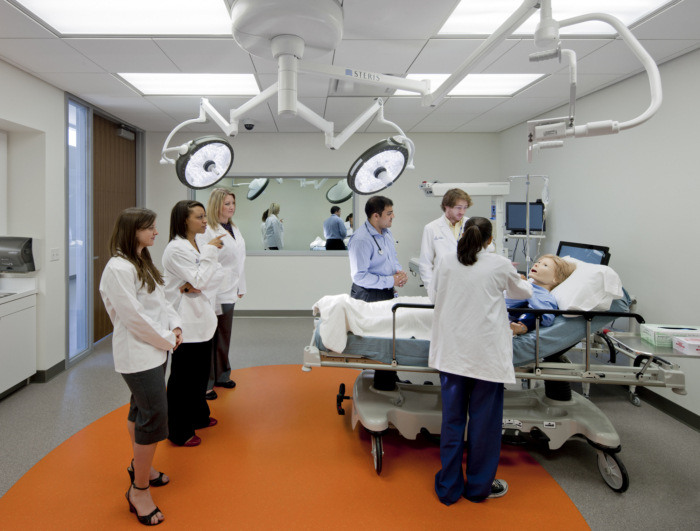
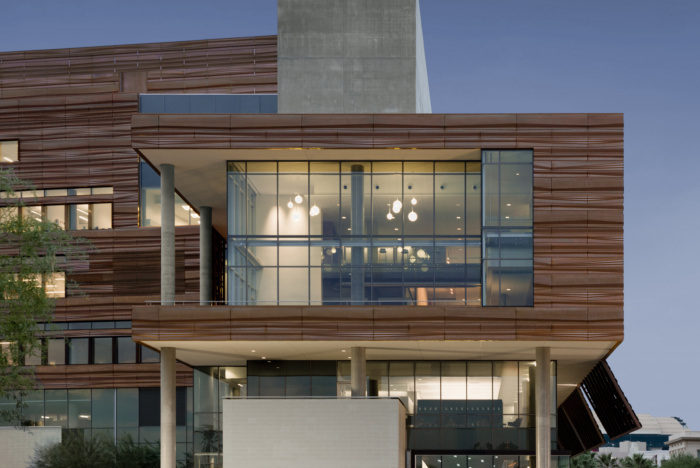
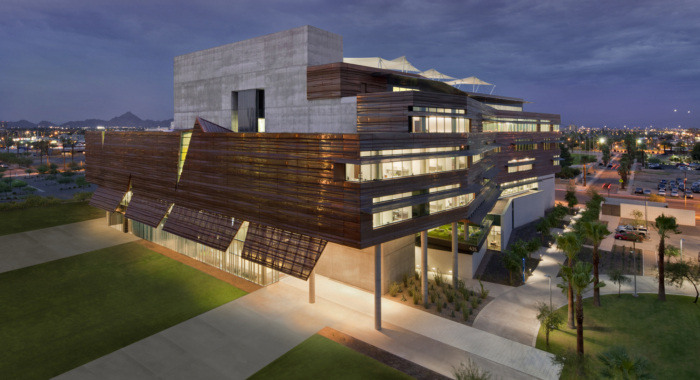
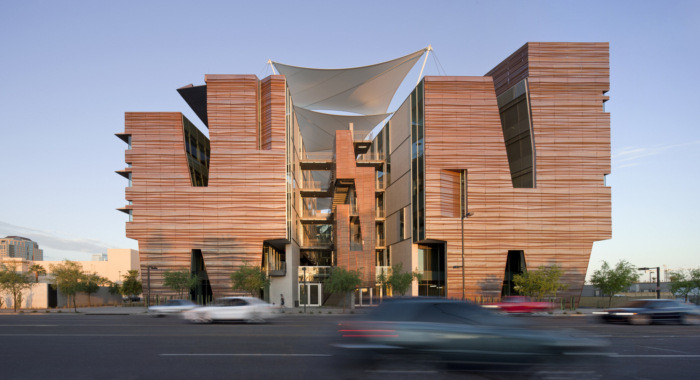



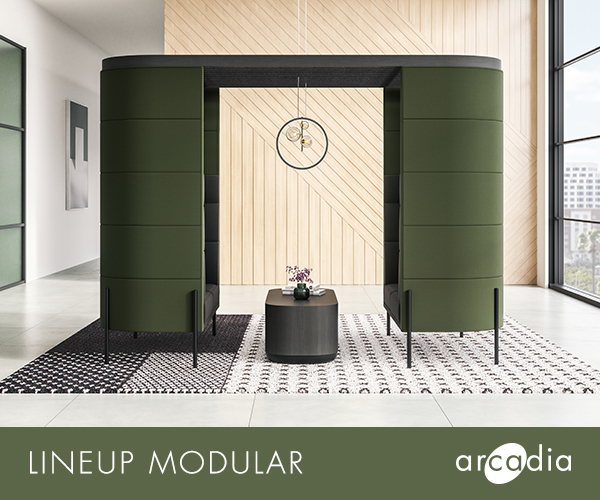
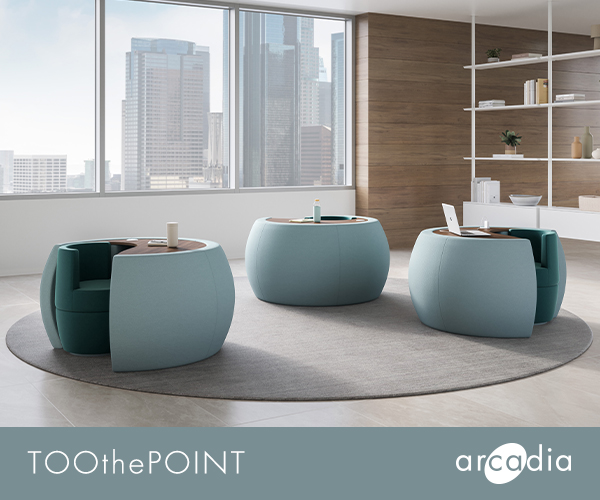




Now editing content for LinkedIn.